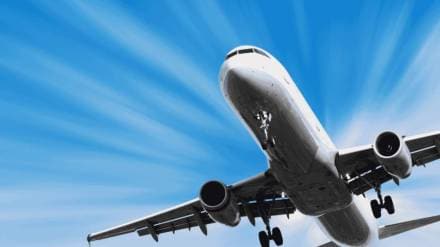Domestic air travel remained stagnant in August, with passenger traffic inching up by just 0.3% year-on-year to 13.17 million, according to credit rating agency Icra.
In light of the sluggish growth, Icra has revised its forecast for domestic air passenger growth in FY26 to 4-6%, down from its earlier estimate of 7-10%. The revised projection pegs the total number of domestic passengers at 172-176 million, following a 7.6% rise in FY25, which saw 165.4 million flyers.
Icra cuts the International air traffic growth forecast
International air traffic estimates for Indian carriers have also been scaled back. Icra now expects international passenger traffic to grow at 13-15% in FY26, compared to its previous projection of 15-20%.
The downward revision has been attributed to cross-border escalations that disrupted flight operations, as well as growing travel hesitancy following a recent aircraft accident. Icra noted that these factors, along with global trade headwinds, including the impact of US tariffs, are expected to dampen business sentiment and constrain travel demand in the coming quarters
Consequently, Icra has projected the aviation sector’s net losses to widen significantly to Rs 9,500-10,500 crore in FY26, up from Rs 5,500 crore in FY25. The loss expansion is primarily due to subdued passenger growth amid a period of increasing aircraft deliveries.
Industry capacity also took a hit, with capacity deployment in August 2025 dropping 5.8% compared to the same month last year. Rising operating and supply-chain challenges, particularly engine failures, continue to impact the industry’s ability to deploy capacity effectively.
133 aircraft grounded amid supply chain disruptions
As of March 31, 2025, around 133 aircraft were grounded due to supply-chain disruptions and engine issues, particularly involving Pratt & Whitney engines. These grounded planes accounted for roughly 15-17% of the total industry fleet.
Despite a decline in aviation turbine fuel (ATF) prices, cost pressures remain. ATF costs fell 1.4% sequentially in September 2025 and averaged Rs 95,181 per kilolitre in FY25, down 8% year-on-year. Prices between April and September 2025 were 10.2% lower compared to the same period last year.
However, the dollar-denominated nature of key operating costs— fuel, aircraft leases, and maintenance — continues to expose airlines to the rupee-dollar exchange rate fluctuations, impacting profitability.
While some carriers benefit from strong parental support and comfortable liquidity, Icra cautioned that the credit metrics and liquidity of other airlines are likely to remain under pressure in the near term, despite some recent improvements.
While some airlines have adequate liquidity and/or financial support from strong parent companies, supporting their credit profiles, the credit metrics and liquidity profiles of others will remain under pressure in the near term, despite some improvement in recent years, Icra said.
